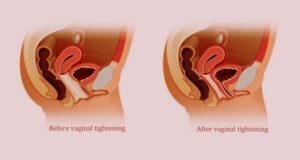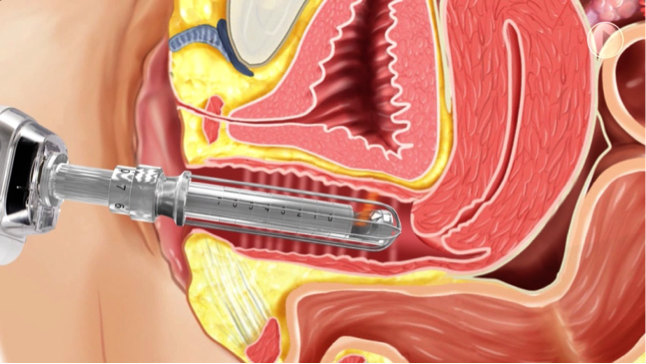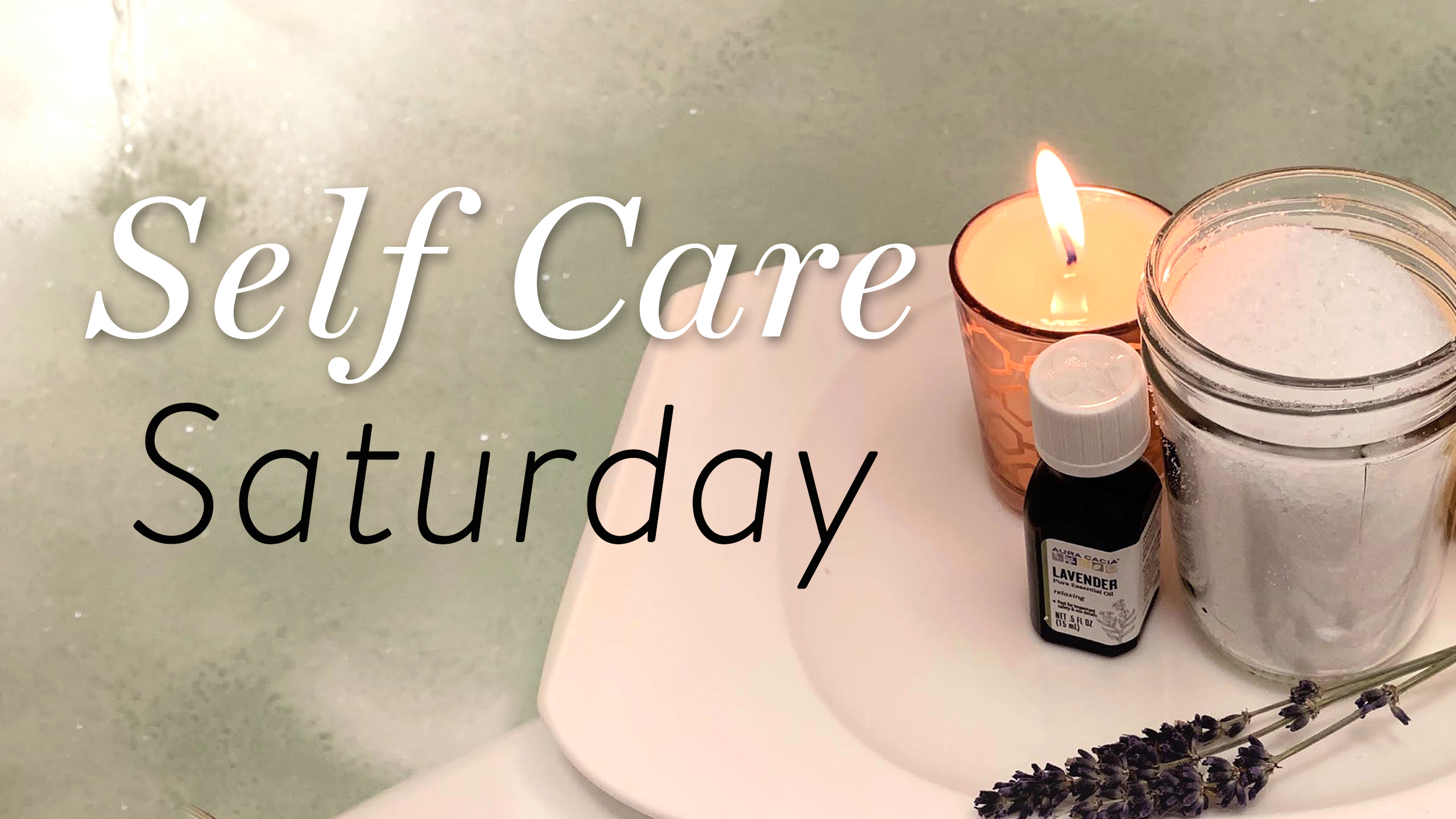Vaginal Tightening: Everything You Need to Know
Click for Quick Consultation at vituras
The whisper of “vaginal tightening” echoes through media and conversations, often laced with veiled judgments and shrouded in a fog of misinformation. It’s a topic tiptoed around, yet deeply personal and brimming with complexities. Let’s shed light on this often-misunderstood subject, approaching it with open minds and a commitment to understanding.
This blog seeks to be a safe haven, a space where women can explore the realm of vaginal rejuvenation procedures without fear of stigma or confusion. We’ll navigate the murky waters of misinformation, offering clear, unbiased information about available options, who might benefit from them, and what to expect at every step.
Forget the airbrushed advertisements and sensationalized headlines. We’ll delve into the reasons behind a woman’s interest in vaginal tightening, acknowledging the spectrum of experiences that can inspire consideration. From the natural changes accompanying childbirth and aging, to the physical and emotional impact of pelvic floor disorders, we’ll recognize the diverse narratives woven into this tapestry.
But this exploration doesn’t stop at awareness. We’ll shed light on the procedures themselves, demystifying the technical jargon and untangling the web of options. From minimally invasive laser treatments to surgical approaches, we’ll break down each method, discussing its potential benefits, risks, and recovery processes.
Transparency is key. We’ll acknowledge the limitations of each procedure, the uncertainties that persist, and the ethical considerations that deserve thoughtful discussion. We’ll empower you with information, guiding you toward informed decisions tailored to your unique needs and desires.
And because the landscape of vaginal rejuvenation extends beyond surgical interventions, we’ll open the door to alternative avenues. We’ll explore emerging options like the O-Shot, where science meets your own body’s healing potential. Understanding how non-invasive therapies like PRP are shaping the future of pelvic health empowers you to explore a wider range of possibilities.
Ultimately, this journey isn’t just about physical changes. It’s about reclaiming agency over your intimate space, prioritizing your well-being, and fostering a healthy relationship with your body. It’s about dismantling unrealistic expectations and celebrating the exquisite diversity of feminine experiences.
So, let’s navigate this path together, informed, empowered, and unafraid to ask questions. This blog is a starting point, an invitation to open dialogue, and a commitment to understanding the intricacies of vaginal rejuvenation, one honest conversation at a time.
When is Vaginal Tightening Performed?
There are several reasons why women might consider vaginal tightening:
- Childbirth: Vaginal stretching after childbirth is common. Some women seek tightening to address discomfort during sex or urinary incontinence.
- Aging: Natural changes in hormone levels and tissue elasticity can lead to laxity in the vaginal wall. This can affect sexual satisfaction and confidence.
- Medical conditions: Surgical treatments for pelvic organ prolapse or other conditions might occasionally require vaginal tightening as part of reconstruction.
Who are the Right Candidates?
Before considering any procedure, it’s crucial to discuss your concerns with a qualified gynecologist or urogynecologist. They can assess your individual needs and determine if vaginal tightening is the right approach. Not all women benefit from it, and alternative options might be more suitable in some cases.
What to Do Before and After:
Preparation and recovery vary depending on the chosen procedure. Surgical options require pre-operative consultations, anesthesia, and potentially longer recovery times. Minimally invasive techniques like lasers or radiofrequency might require minimal preparation and shorter recovery periods.

Procedure and Healing Time:
The type of procedure chosen dictates the duration and complexities of healing. Surgical approaches typically involve longer hospital stays and recovery periods of several weeks. Non-surgical methods usually have shorter recovery times, often allowing for same-day procedures and quicker resumption of normal activities.
Costs and Alternatives:
Vaginal tightening procedures can be expensive, ranging from thousands to tens of thousands of dollars depending on the technique, facility, and geographical location. Consider all options carefully and weigh the potential benefits against the cost and risks involved.
The O-Shot: A Non-Surgical Approach
The O-Shot, also known as platelet-rich plasma (PRP) therapy, uses your own blood platelets to stimulate collagen production and tissue rejuvenation in the vaginal area. It’s a minimally invasive non-surgical option offered by some medical professionals. Research on its effectiveness is ongoing, but it shows promise for improving sexual satisfaction and addressing mild urinary incontinence.
Key Takeaways:
- Vaginal tightening is a personal decision requiring careful consideration and consultation with a qualified healthcare provider.
- Understand the reasons, potential benefits, and risks associated with different procedures.
- Explore alternative options like the O-Shot if suitable for your concerns.
- Prioritize your health and wellbeing above seeking unrealistic expectations.
Remember, the decision to undergo any procedure is personal and should be made based on your individual needs and in consultation with a trusted healthcare professional. It’s important to have realistic expectations and prioritize your well-being above societal pressures or beauty standards.
You can also read about o-shot











